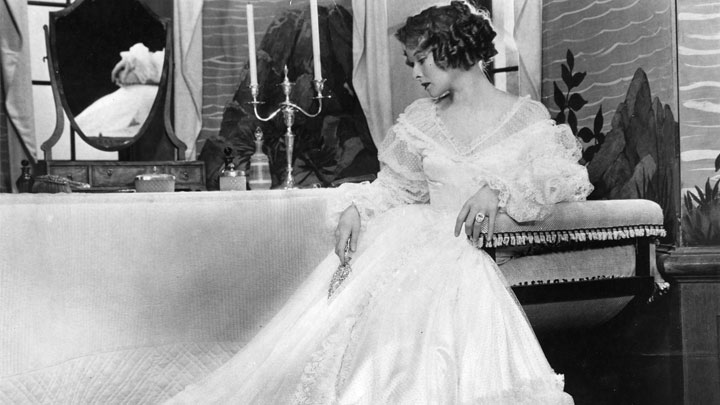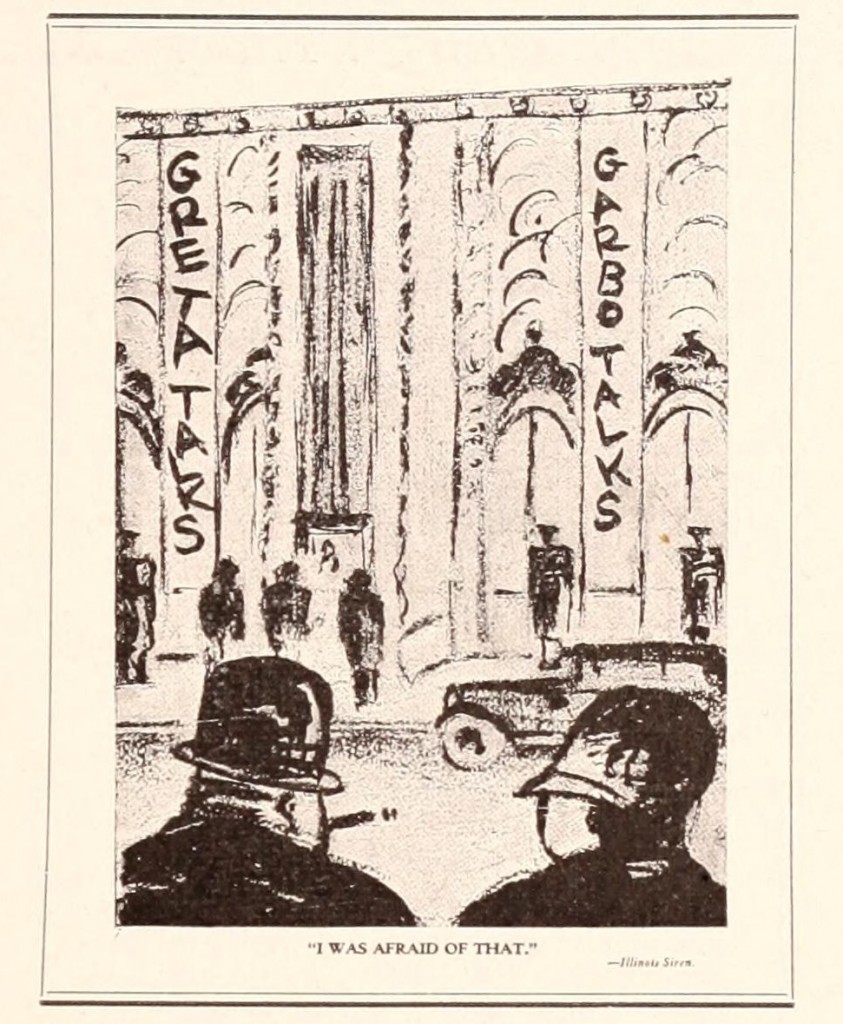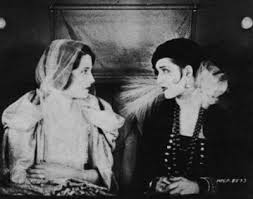Frances has also mentioned the exciting news of the recent publication of Pam Cook’s essay ‘Text, Paratext and Subtext’ in the online journal SEQUENCE. We were very happy to welcome Pam to speak on this subject of Mildred Pierce in its many forms at our Maternal Melodrama Symposium last May.
 The following invitation to read Pam’s essay was written by REFRAME editor Dr Catherine Grant of the University of Sussex:
The following invitation to read Pam’s essay was written by REFRAME editor Dr Catherine Grant of the University of Sussex:
‘Writer-director Todd Haynes has previously recounted how film scholar Pam Cook’s 1978 foundational article “Duplicity in MILDRED PIERCE” informed his 2011 HBO miniseries adaptation of James M. Cain’s novel (an effective remaking of Michael Curtiz’ 1945 film). Now, in her new essay for the open access serial SEQUENCE (a REFRAME publication), Cook turns her attention to Haynes’ miniseries and its intertextual chain of makings and remakings, and explores, in particular, how we come to read it (or any other audiovisual artefact) as “maternal melodrama.” Her essay is online here: http://reframe.sussex.ac.uk/sequence2/archive/sequence-2-2/.’
Do log in to comment, or email me on sp458@kent.ac.uk to add your thoughts, including any other melodrama links you’d like to add to the blog.




